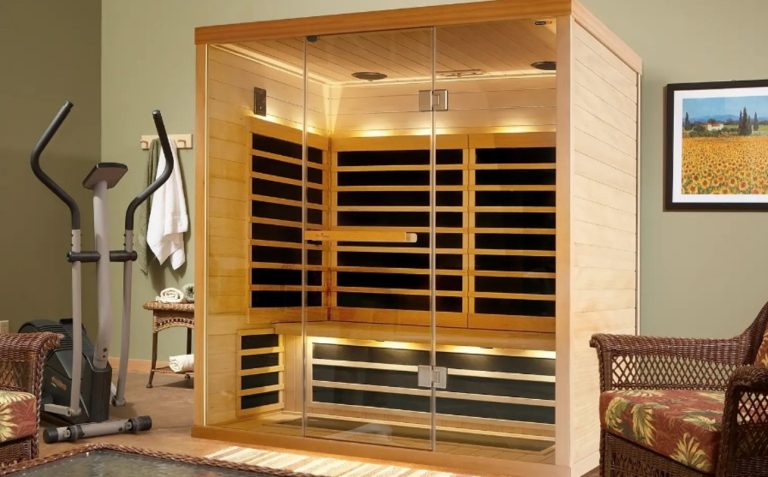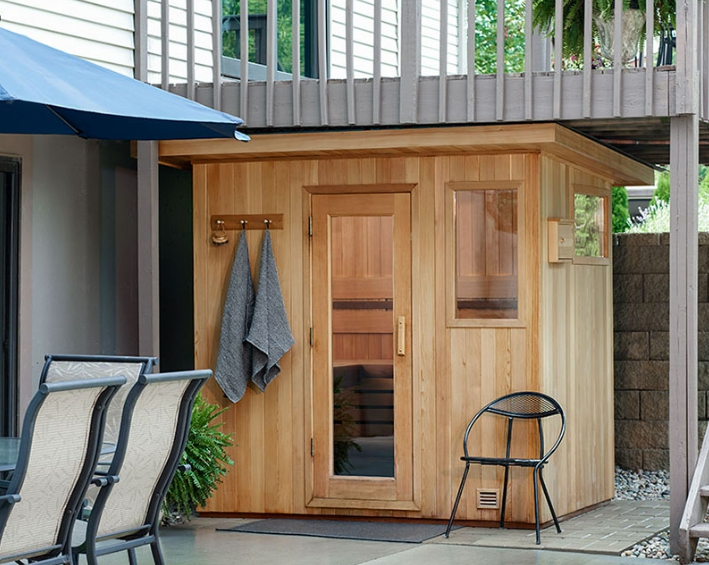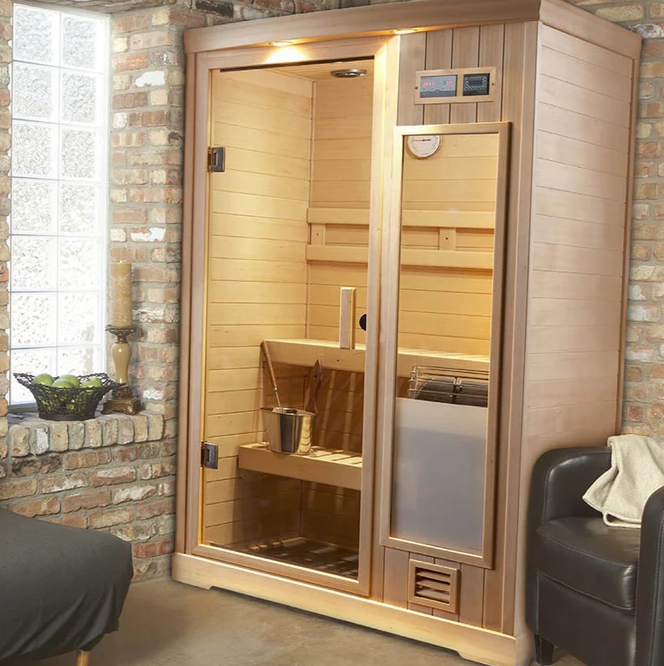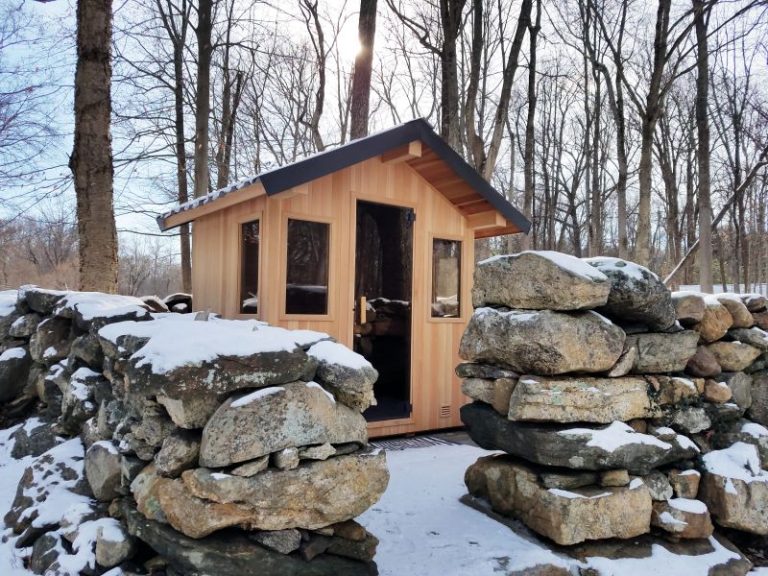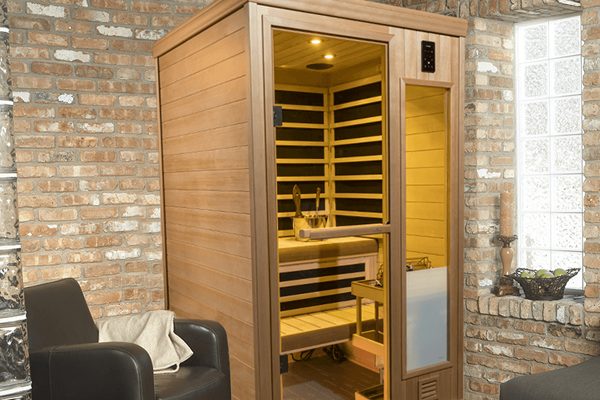Can You Take Your Phone Into Your Sauna With You?

If you’ve ever been in a sauna, you know that it’s the ultimate relaxation experience. The heat and humidity of a Finnleo sauna help to flush out toxins, relieve stress, and soothe sore muscles. With all of these benefits, it’s natural to want to take your phone with you so you can listen to music or catch up on emails while you sweat it out.
But can you actually bring your phone into a sauna? The quick answer is no.
Why You Shouldn’t Bring Your Phone in a Sauna
First and foremost, most electronic devices are not designed to withstand high temperatures and humidity levels. Exposing them to extreme heat and moisture can cause damage or malfunction. This is especially true for smartphones, which are made of delicate components that can easily get damaged.
Additionally, the high temperature and humidity in saunas can cause your phone to overheat which not only affects its performance, but also poses a safety risk. Overheating phones have been known to catch fire or explode, which is definitely not something you want happening while you’re trying to relax.
Alternatives to Bringing Your Phone in a Sauna
Luckily, there are plenty of alternatives to using your phone in a sauna. Many saunas offer built-in speakers or Bluetooth connectivity, allowing you to listen to music without having to bring your phone inside. Some even offer televisions specially designed for a hot and humid environment!
If listening to music or catching up on emails is a must for you, consider investing in a waterproof and heat-resistant phone case. This will provide some protection for your phone while still allowing you to use it in the sauna. Just make sure to check its temperature limits before using it.
Tips for Using Your Phone in High-Temperature Environments
If you absolutely have to bring your phone into a high-temperature environment like a sauna, here are some tips to keep it safe:
- Keep your phone out of direct contact with the heat source, such as by placing it on a towel or away from the hottest parts of the sauna.
- Limit your usage time and turn off unnecessary apps that may increase the phone’s temperature.
- Keep your phone away from water and moisture by placing it in a waterproof case or bag.
- Allow your phone to cool down before using it again outside of the sauna.
While it may be tempting to bring your phone into a sauna, it’s best to leave it out for both its safety and yours. Instead, take this time as an opportunity to disconnect and fully immerse yourself in the relaxation experience. If you must use your phone, make sure to take necessary precautions and keep it safe from the heat and humidity. Saunas are meant to be a rejuvenating and detoxifying experience, so put down your phone and enjoy the benefits of unplugging for a little while. So, next time you hit the sauna, remember to leave your phone behind and fully embrace the detoxifying and rejuvenating experience it offers. Your mind and body will thank you for it! Keep calm and sweat on.
The post Can You Take Your Phone in a Sauna? appeared first on Bachmanns Pools & Spas.

